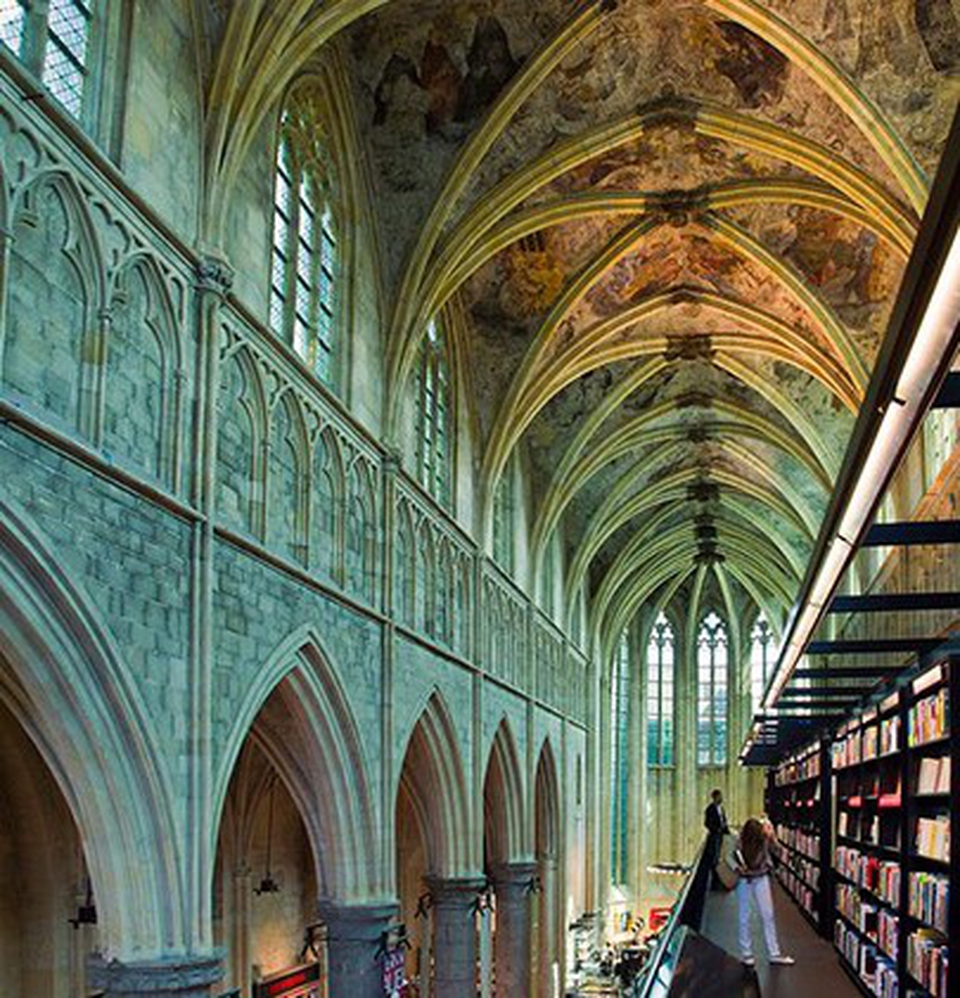Explore
- Lent 2025
- Racial Justice
- Baptism and Confirmation Resources
-
Church Buildings
- The Consistory Court of the Diocese of Chichester
- Judgments of the Consistory Court
- The Church Buildings Team and the DAC
- Permissions for Works to Church Buildings
- Archdeacons' Permissions - The List B Process
- Applying for a Faculty
- DAC Meeting and Site Visit Dates
- Site Visits and Informal Advice
- Diocesan Registry and Consistory Court
- Fundraising for Church Building Projects
- Resources and Useful Links
- Small Grants - Minor Repairs & Improvements and Net Zero Quick Wins
- Church Service Resources
- Communications Advice
- Data Protection and GDPR
- Emergency Contact Information
- Emergency Response Plan
- Faith at Home
- Generous Giving
-
Information and Resources for PCCs
- Annual Church Parochial Meeting (APCM)
- Guidance for Holding an Electronic or Hybrid APCM
- Annual Reporting
- Churchwardens Visitations
- Equality and Inclusion
- Giving and Generosity
- Information for Churchwardens
- Information for PCC Secretaries/Administrators
- Information for Parishes in Vacancy
- Information for PCC Treasurers
- Information for Electoral Roll Officers
- Making the Most of Assets
- Parish Records
- PCC Insurance
- Policy Templates
- Property Information for PCCs
- Safeguarding
- Information on Parish Share
- Information on Parochial Fees
- Living in Love and Faith
- Parish Buying Scheme
- Parish Development
- Parish Returns and Mission Statistics
- Partner Organisations and Useful Links
- Pastoral Reorganisation
- Parishes in Vacancy
- The Advisory Panel for Worship (AWP)
- Apostolic Partnerships

The Church of England closes very few buildings each year.
Whilst there was a relatively high level of closures in the 1960s and 1970s, in the last twenty years the trends in closure have changed.
In the 1990s the average number of annual closures across the country was 28, and since 1999 this average has fallen again to just less than 24 closures per year, out of an estate of more than 16,000 church buildings. For over half of those buildings closed a new active use is found for them.
Future options which most obviously have a community, other Christian or cultural dimension account for 46% of closed buildings, with 27% vested in a conservation trust or other body and 27% for more commercial uses (which can include residential, office, retail, storage and light industrial uses).
The Closure Process
The Mission and Pastoral Measure 2011 provides the legal framework for settling the future of closed churches and sets out the significant public consultation which is involved in establishing any new use – click here to read more.
Given the legal constraints it can take time to settle the future of our buildings and the information about available buildings does not change with any great speed. You can read more about the closure process and find out about the work of the Statutory Advisory Committee on Closed and Closing Churches here – click here.
The final stage in closure involves the Church Commissioners, who hold ultimate responsibility for the sale or re-use of closed churches. Click here for more information.
Churches available for alternative use
Most closed churches are found a suitable new use – some of the more common are:
- Worship by another Christian body
- Cultural or community use (such as a community centre, library or museum)
- Residential
- Arts centre or theatre
- Office use
- Monument
If you are interested to find out more about churches available for new uses, you can find information on available buildings on the Church Commissioners’ website.
Any initial enquiry about a particular building should be made to the contacts given on that page.
Use of a church by other Christian Denominations
The use of a church building for worship by another Christian church is discussed in the Code of Practice to the Mission and Pastoral Measure at Section 17.6 - the relevant chapter of the Code may be downloaded here.
This sets out the current legal guidance on considering the suitability of such uses.
